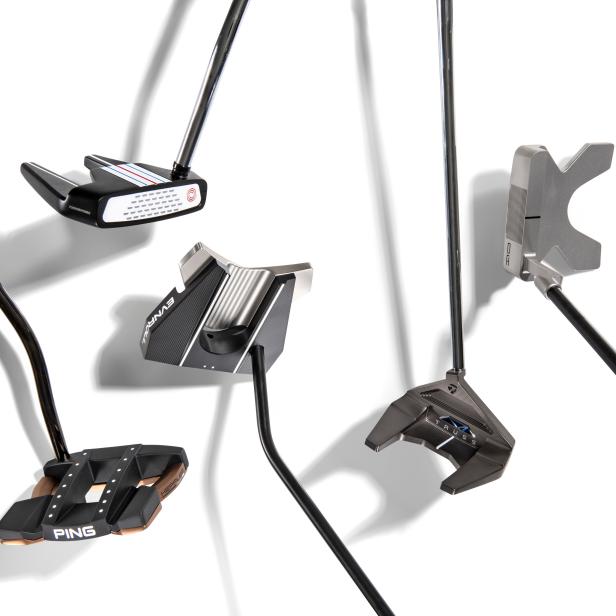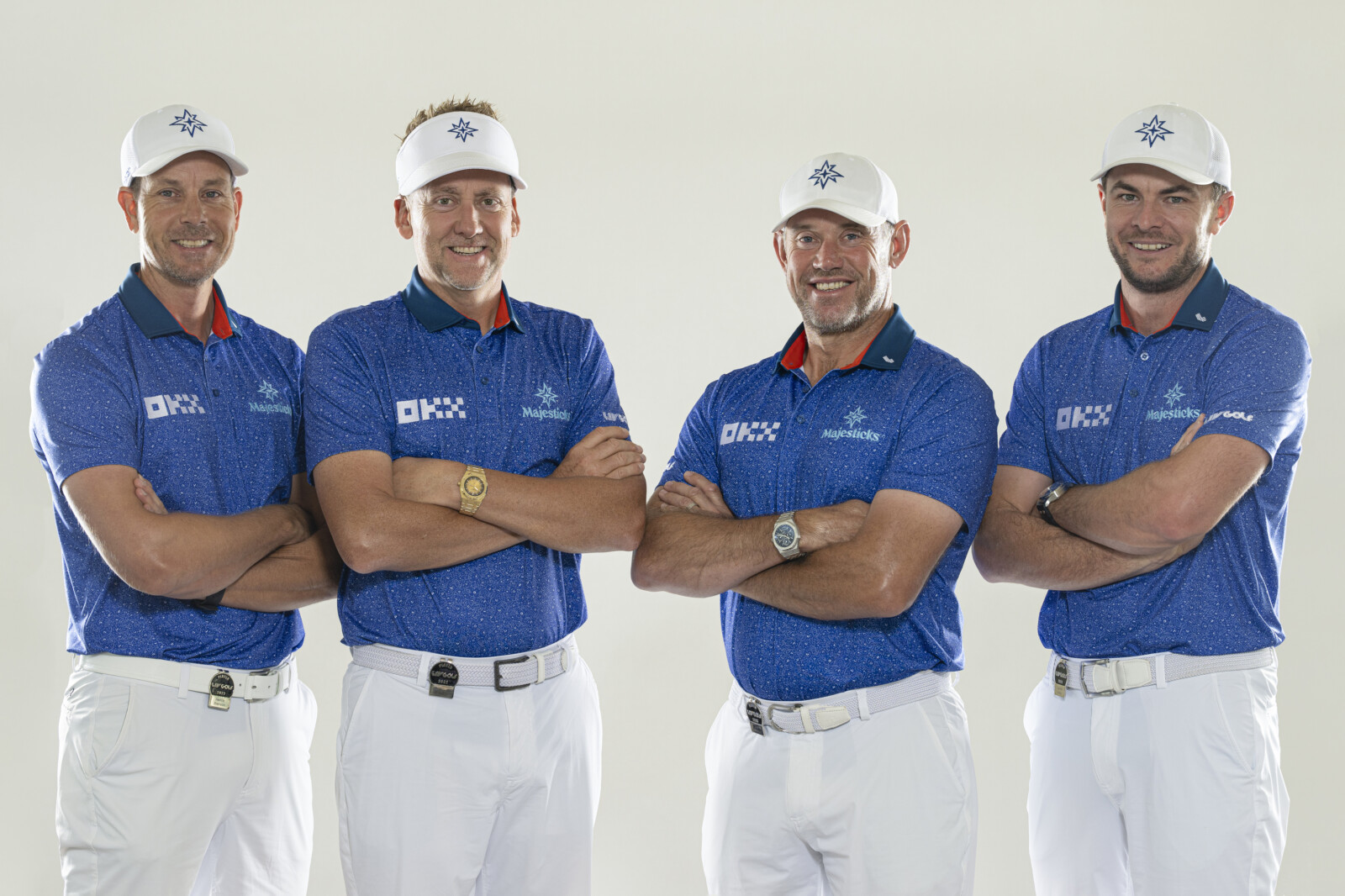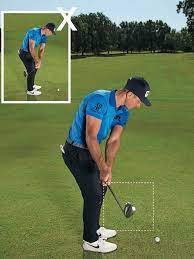When Phil Mickelson, a user of classic blade putters his whole career, started putting with an oversize mallet late last year, it was an indication that even for the most ardent blade proponent, the mallet’s benefits are too real to ignore.
Luke Williams, Odyssey’s senior director of product, says Mickelson’s switch to a modern mallet reflects a wider trend among average golfers—especially now that mallets can be designed to work with both the straight-back, straight-through motion, which favors a “face-balanced” design, and the arcing stroke typically used by blade users with a “toe-hang” design.
“Phil has always been particular about feeling the face release, but with the mallet, he believed his start lines were a lot more consistent,” Williams says. “Some players might find they feel less face rotation than they’re used to, but I think the consistency they see will outweigh the feel they’re used to.”
The newest mallets aren’t just more forgiving and better at assisting aim and alignment, they might stabilize the control of the face during the stroke. That means more consistent impact, truer roll and better distance control. Although the choice of putter might lean toward the spiritual, the data through the use of high-tech putter fittings suggests more golfers should be using mallets (see our tests, below).
Sales of mallet putters are surging past blades—for some models as much as 9-to-1. Nick Sherburne, who directs fitting for Club Champion’s 74 facilities nationwide, says mallet fittings outpace blade fittings by 2½-to-1.
“Teachers and teaching aids have pushed folks away from an arcing stroke to more of a straight-back, straight-through motion, which lends itself better to a mallet,” he says.
Mickelson, of course, switched back to one of his old blades this spring. Sometimes the numbers can’t overcome the emotions. Sometimes, though, especially for average golfers, they should.
▶ The parallel-wing shape includes the three-line alignment aid developed for Callaway’s golf balls. The lines enhance target awareness. Face-balanced and toe-hang versions available. BUY NOW
▶ This head combines steel with cast aluminum, which is about one third the density of the steel. That allows the heavier steel to stabilize the frame so off-center hits roll like center hits. BUY NOW
▶ A wing of heavy steel in back—more than 40 percent of the head’s total weight — anchors the lightweight, scratch-resistant aluminum frame in the front. The goal is more consistency. BUY NOW
▶ A triangular bridge connects across the clubhead for extra stability. But the view at address is still of a compact traditional mallet. The design keeps the face square at impact. BUY NOW
▶ The loft on this extreme mallet increases four times (from 1 degree at the bottom to 4 degrees at the top) to produce consistent roll regardless of how the shaft leans at address. BUY NOW
We partnered with club champion, the leading premium clubfittter, to see how the data supports oversize putters. We matched a mallet and blade putter to golfers’ length specs. Putts were analyzed by the SAM PuttLab, which measures dozens of performance attributes through ultrasonic-motion capture. Below we detail how mallets outperformed blades in specific areas. (The percentages, in red, reflect how much better mallets rated in three key metrics.) Overall, across 100 scores, mallets rated higher than blades 62 percent of the time.
FACE ANGLE AT IMPACT
▶ Getting the face pointed at the target at impact is critical to good putting. In our test, seven of the 10 players were more square at impact with a mallet putter than with a blade.
ANALYSIS Face angle at impact doesn’t tell the whole story, though. SAM PuttLab uses a statistic called Tendency, which combines face angle with elements like face at address, face rotation and impact location to show how close a putter is to producing elite-level putting performance. In this stat, mallets rated higher for eight of the 10 players.
PATH
▶ Good putts result when the face of the putter stays square to the path of your putting stroke. The less the face moves around during your stroke, the more reliable your putting will be. In the test, mallets produced more positive results in the timing and path of the stroke, especially how square the putter is to the path.
ANALYSIS The SAM PuttLab rating for Face to Path measures how much the putterface is square to the path back and through. Mallets produced higher ratings for all 10 players.
CONSISTENCY
▶ Making putts is one way to analyze putting, but that metric can be too simplistic: In our test, mallets and blades yielded the same percentage of made putts. Still, even though players were using putters they’d never tried before, their setup, their strokes and their impact locations were more repeatable with mallets than with blades.
ANALYSIS A high score in SAM Putt Lab’s Consistency rating reflects little variability in address position, stroke path and impact. Mallets scored higher for seven of the 10 players.
▶ Former PGA Tour pro Larry Rinker, now a putting coach in Florida and Colorado, says roughly 80 percent of the golfers he has tested control the putting stroke with their trail (dominant) hand. “Those players need a toe-hang putter,” he says. His advice: Find a straight, six-foot putt and see what your tendency is on misses. If a right-hander misses to the right, a toe-hang putter can help. Missing left? A face-balanced putter can keep you from shutting the face.
“A big problem is people putting with their shoulders, because that’s what they’ve been told to do,” he says. “You’ve got to free up your stroke by allowing your hands and wrists to get involved. It’s why Tiger practices putts with his right hand only. He’s repeating a natural, intuitive stroke.” —RON KASPRISKE




